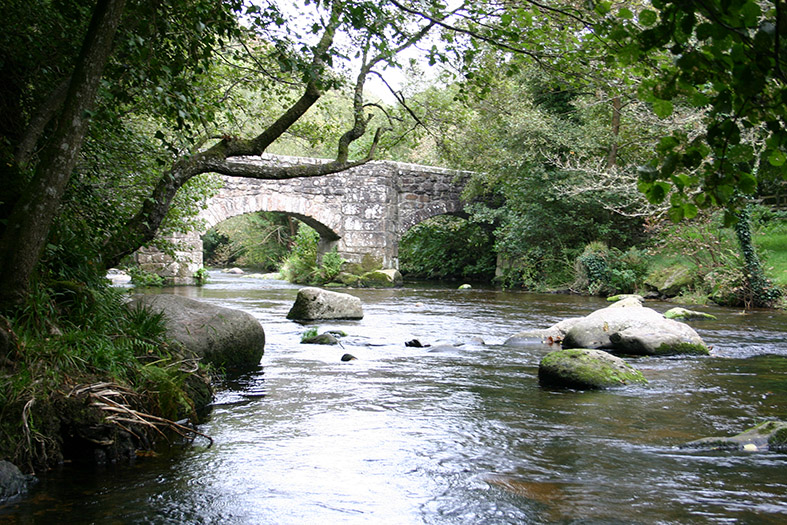River restoration is an exciting and important topic that is gaining popularity as we begin to understand just how valuable our waterways are. Here, we will look at what river restoration is and why it is so important.

River Restoration
River restoration aims to restore rivers to their natural state with as little damage to infrastructure and other habitats as possible. It is essential to take a holistic approach to river restoration. We must consider the biodiversity, communities, and processes that affect and are affected by the rivers. Changes made upstream can impact the river downstream and vice versa; therefore, an in-depth knowledge of river restoration and the river you are working on is needed to perform a restoration that will be sustainable.
Rivers contribute to our ecological, social, and economic well-being. They are profoundly important for biodiversity, environmental stability and for human health. Rivers are also under threat, with most now having been affected in some way by the actions of humans. Natural, untouched rivers are now incredibly rare. That is why river restoration is so important to understand and practice. Here are some more reasons that river restoration is so critical nowadays:
Biodiversity
Rivers are hugely important for biodiversity. Not just as habitats themselves but also by servicing the needs of other organisms in other habitats. By themselves, rivers offer a large number of different habitats. These include shallow and deep water, fresh and brackish water, slow and fast-moving water, waterfalls, estuaries, gorges and everything in between. This makes them home to a great variety of organisms. Many of the organisms depend entirely on the river.
Rivers with a greater range of habitats will support a higher amount of biodiversity. However, most rivers have been altered in some way. Either by being dammed, canalised or diverted, which has a negative effect on biodiversity. In particular, fish migration. When performing river restoration, we must take this into account and consider the habitats above and below the restoration site. Where invasive species are present, we may need to deal with them to prevent unnecessary spread.
Water Quality Improvement
Healthy rivers play a crucial role in maintaining water quality. A natural river will be able to reduce pollution, sedimentation, and nutrient runoff, contributing to cleaner water. This is important since most rivers pass through various other ecosystems and eventually deposit their water into the sea. Pollutants and sediments from rivers can significantly affect marine and estuarine life.
Healthy functioning rivers can also help to control water availability. If a river carries water too quickly because it has been channelled and straightened, it can cause the surrounding land to dry out faster, seriously altering the ecosystem dynamics. Additionally, the fast-flowing water will be more prone to causing flooding downstream.
Flood Mitigation
Well-functioning river ecosystems, including floodplains and wetlands, can be natural buffers against flooding. River restoration projects often involve restoring or creating these buffer zones, helping to mitigate the impacts of floods and protect communities.
Rivers are often blamed for causing flooding when they burst their banks. But rivers that flow naturally have natural defences against floods, such as flood plains. We often consider rivers the problem because we try to develop flood plains or reroute rivers so they do not follow their natural course. This can lead to a plethora of issues that need new mitigation, such as flood defences further downstream. River restoration can be a far more cost-effective and efficient way to protect communities from flooding.
Recreation
Restored rivers provide a wide range of recreational opportunities, such as fishing, boating, and hiking, contributing to the well-being of local communities. Additionally, natural or restored rivers can be aesthetically pleasing and support a wide range of habitats and biodiversity, as we saw earlier. Rivers allow people to connect with this biodiversity more easily, fostering a closer bond with nature and more concern for its conservation.
Climate Resilience
River restoration can enhance the resilience of ecosystems to climate change impacts. Restored wetlands and floodplains can absorb and store excess carbon and floodwaters, helping to mitigate climate change and create resilience to its effects.
Cultural and Historical Preservation
Many rivers have cultural and historical significance to local communities. River restoration projects may involve working with local groups to ensure the preservation of historic sites, cultural landscapes, and traditional uses of the river. By working with communities in this way, we can foster a sense of community identity and help protect the river’s future welfare.
Economic Benefits
Healthy rivers are hugely valuable for their ecosystem services. They supply fresh water to a multitude of other ecosystems. Rivers can help prevent flooding, help prevent drought, bolster biodiversity and are an excellent recreational resource, as we have seen.
A healthy river supplying these benefits can save an economy millions of pounds in mitigation practices. Whilst it may be difficult to quantify the economic value of rivers for amenities, there is no doubt of their positive impacts on human well-being and wildlife.
Education
River restoration projects provide opportunities for education and community engagement. They raise awareness about the importance of rivers, ecosystems, and environmental stewardship. This can foster a sense of responsibility for the river’s long-term welfare.
Restoring Rivers
If you want to learn more about this vital and exciting topic, we have a course all about river restoration. Becoming an expert in this subject can put you in a unique position to create profound and positive change for these critical natural resources.
If you have completed our river restoration course, consider our Freshwater Ecology course. If you haven’t started studying, consider taking our Freshwater Bundle, which includes River Restoration, Freshwater Ecology and your choice of Beaver, Great Crested Newt, Otter or Water Vole Ecology and Surveying.
Rivers can also be a conduit for invasive species such as Japanese Knotweed and Himalayan Balsam. To ensure that you are fully aware of these species, we recommend taking a look at our invasive species course before taking on a river restoration project.



